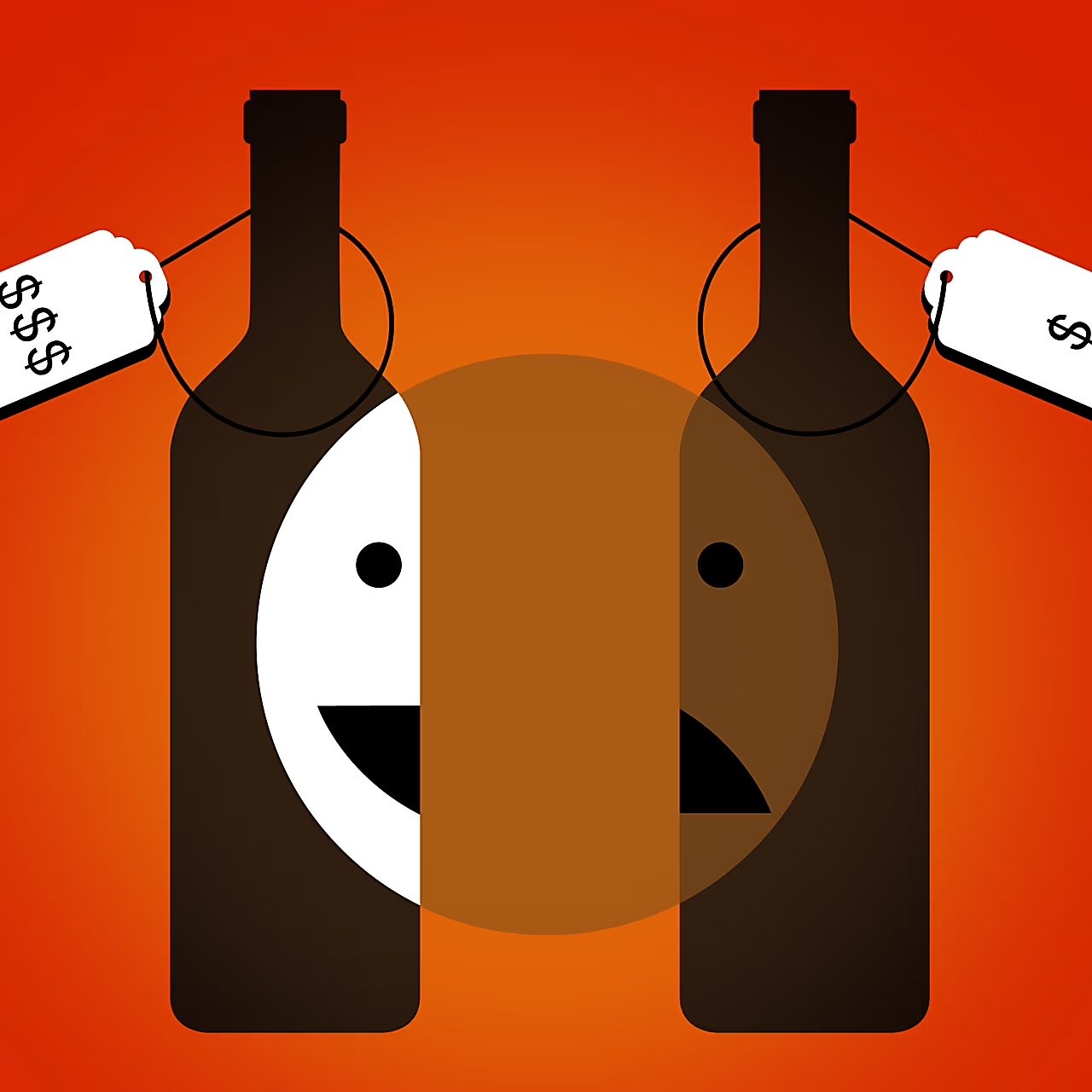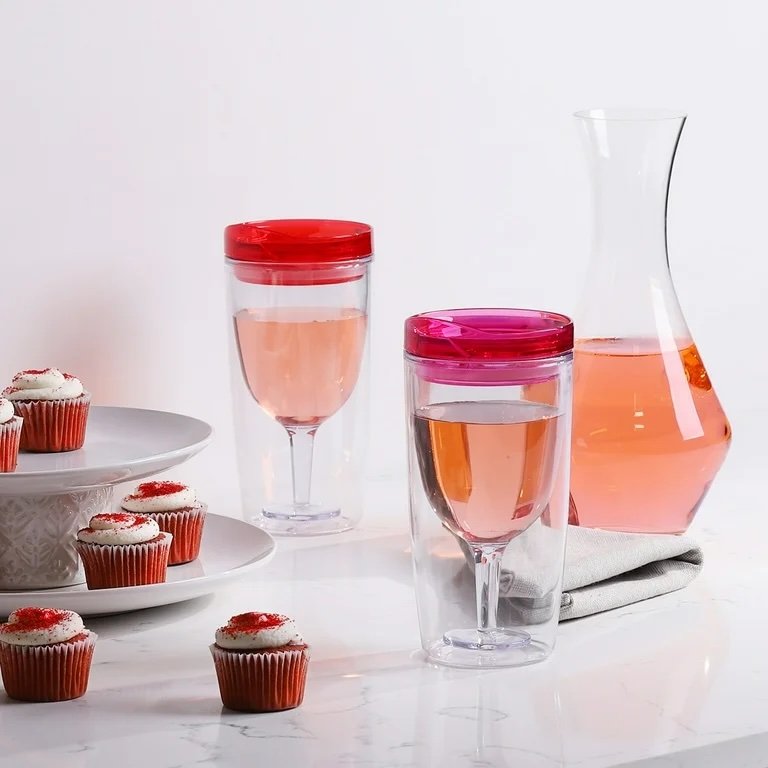
Skip the Producers; Talk Geology
People rambling on about producers bore the hell out of me. Don’t get me wrong — winemakers matter. Their skill and choices shape the final product in important ways. But when the conversation devolves into a laundry list of who apprenticed under whom or which producer’s limited-release bottle scored 99 points, I check out. That’s surface-level stuff.

Different Wines, Not the Same Old Cab
Wine has a problem, and it’s one we’ve created ourselves: monotony. The wine experience for so many consumers has been reduced to a repetitive cycle: “Try this Cab. Now try this other Cab. Oh, here’s another one.” And then we wonder why people are turning to RTDs and mocktails instead of exploring wine.

The Mystery of Wine: Aging, Aeration, and the Beauty of the Unknown
Wine is one of life’s great mysteries. It evolves in ways we can’t always predict, whether through the slow passage of time in the cellar, a simple swirl in the glass, or the effects of aeration. It’s this mystery that keeps us coming back, eager to pour another glass and discover what lies beneath the surface.

Customers Aren’t to Blame for Wine’s Decline
Let’s get one thing straight: customers aren’t to blame for wine’s decline. They didn’t decide one day to abandon wine and embrace RTDs, craft cocktails, or non-alcoholic beverages out of nowhere. They moved on because the wine industry gave them a reason to.

Why Our Training Focuses on Terroir, Not Varietals or Producers
When it comes to wine training, most programs lean heavily on teaching varietals and memorizing producers. It’s an easy, surface-level way to cover a lot of ground quickly. But let’s be honest: it’s also boring. Knowing that Cabernet Sauvignon is full-bodied or being able to recite a list of producers might be helpful in a quiz, but it doesn’t inspire or stick with people.

Overripeness: The Death of a Wine’s Sense of Place
Wine is supposed to tell a story — a story of its land, its climate, and its roots. But when overripeness takes over, that story gets lost. Instead of capturing the essence of a region, the wine becomes homogenized sweet fruit juice, stripped of its uniqueness. Just because you can ripen grapes to that point doesn’t mean you should.

The Pricing Problem Part 2: How to Successfully Lose a Generation of Advocates
Pricing is the storm the wine industry faces today, and it’s a big one. The cost of wine, tastings, and even basic engagement with wine culture has spiraled out of reach for the next generation of potential advocates. But while pricing is the immediate crisis, it’s only part of the problem.

People Want to Be Guided — Customers and Staff Alike
Here’s the thing: people want to be guided. Whether it’s customers deciding on a wine or staff learning how to confidently recommend one, most people don’t want to be left on their own to figure it out. They’re looking for someone to show them the way, to offer a bit of expertise, and to make the experience easier and more enjoyable.

The Pricing Problem: Why Is Great Wine So Expensive in the U.S.?
Let’s talk about wine pricing. If you’ve ever traveled to Europe, you know it’s possible to walk into a wine shop and grab a bottle of truly excellent wine for less than $20. Not a “good for the price” kind of wine — but one that genuinely reflects its terroir and leaves you wanting to savor every drop.

The Power of the Pour: Why Restaurants Should Offer Wine Tasters
The other day, I visited Seattle Coffee Gear in Kirkland. They have an incredible selection of single-origin coffee beans from roasters across the country. While I was browsing, a staff member approached me and offered to let me sample three of my choice. I was floored.

If Your Staff Isn’t Excited About Wine, Your Customers Won’t Be
Here’s the simple truth: enthusiasm is contagious. If your staff is excited about wine, that energy spills over to your customers. But if your team approaches the wine list like it’s just another menu item — or worse, avoids talking about it altogether — your guests will follow suit.

Your Frontline Sales Staff: Are You Helping Them Succeed?
Wine sales rely heavily on the people who are on the front lines: the sales reps, servers, bartenders, and sommeliers who interact directly with customers. These are the people who turn a wine list or a product lineup into revenue. The question is: are you making their job easier or harder?

Build a Wine List That Meets Your Customer’s Needs
A strong wine list gives every guest something to enjoy. Some guests want familiar names, some want to explore, and some want to celebrate with something special. A well-planned list makes room for all of them.

Prioritize the Customer: The 3-Tier System and the Pricing Problem
I get it — the 3-tier system is complex. Between producers, distributors, and retailers, there are a lot of hands in the pot, making it difficult to keep wine pricing competitive. But here’s the thing: if we don’t prioritize the customer within the wine category, we’re risking more than just a single sale. We’re risking the future of wine itself.

Wine Isn’t Fun Anymore
Let’s be honest: wine has lost its spark. What used to feel special, adventurous, and full of discovery has turned into a dull, overpriced transaction. And here’s a big reason why: we’re trying to pass off fast food (grocery store wines) as fine dining — and customers aren’t buying it.

What Are You Trying to Build? The Problem with Scaling Everything
Imagine this: your ideal customers have two shopping options. One is the Mall of America — massive, flashy, overwhelming. The other is a beautiful little European town, filled with small boutiques making high-quality artisan goods. Which do you think they’d choose?

How Wine Lists Lose Money (And How to Fix It)
A well-structured wine list brings in revenue and improves the guest experience. Many restaurants miss sales opportunities because their list is confusing, poorly priced, or lacks staff support. These common mistakes cost money, but they can be fixed with a few adjustments.

Double Your Wine Sales Tomorrow by Offering Free Tasters with Menu Items
Offering free tasters with menu items is one of the simplest ways to increase wine sales. A small pour introduces guests to wines they may not have considered ordering. This creates interest and builds confidence in their selection.

3 Deadly Sins That Kill a Wine Program
I once consulted with a restaurant that was struggling. Their wine sales were down, and their solution was to keep bringing in new wines to fix the problem. They worked hard to keep glass prices under $15, thinking affordability was the key. Yet, none of it worked.
What went wrong? They fell into the trap of the 3 Deadly Sins of wine programs.

Train Your Staff to Talk About Wine
Restaurants are losing wine sales because staff are not being trained to talk about wine. Guests want guidance when choosing a bottle or a glass, but too often, they get vague descriptions or uncertainty. This is a major reason why wine programs struggle and why fewer people are choosing wine.
